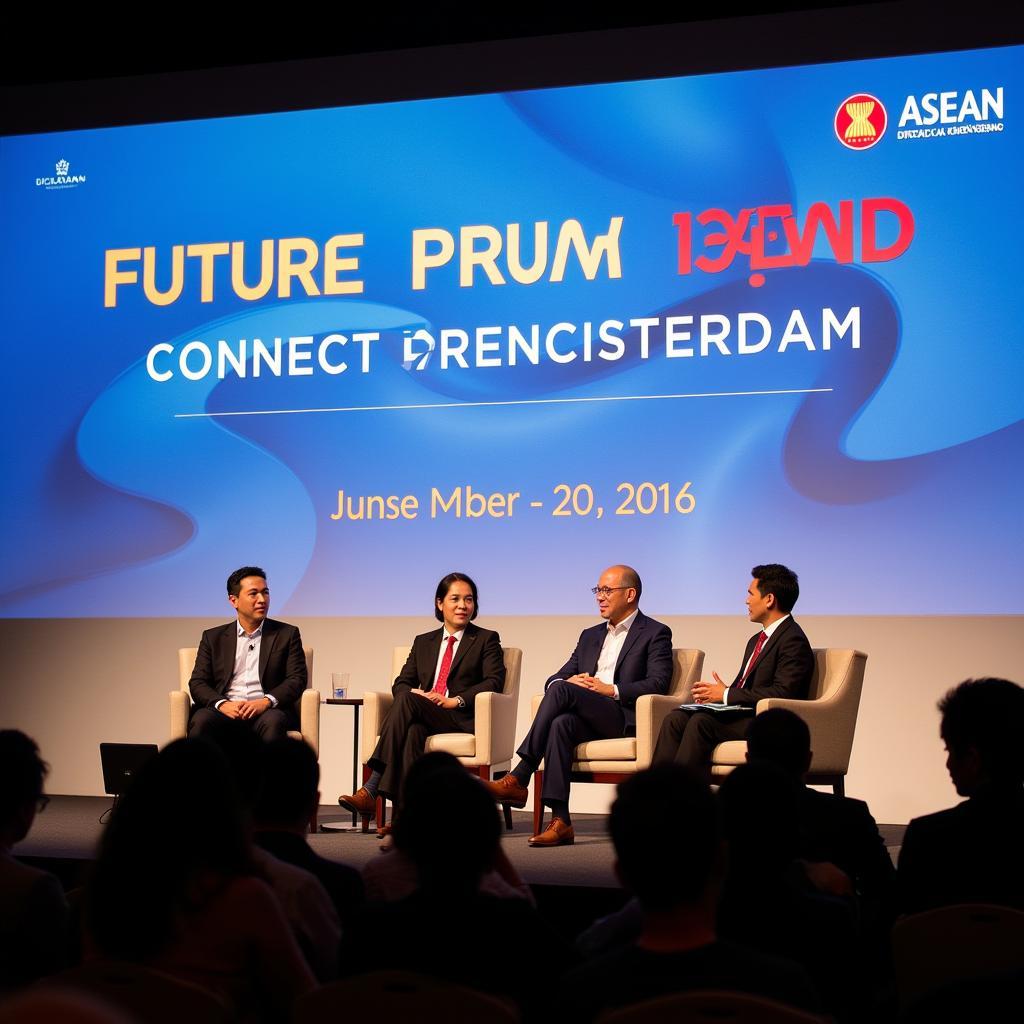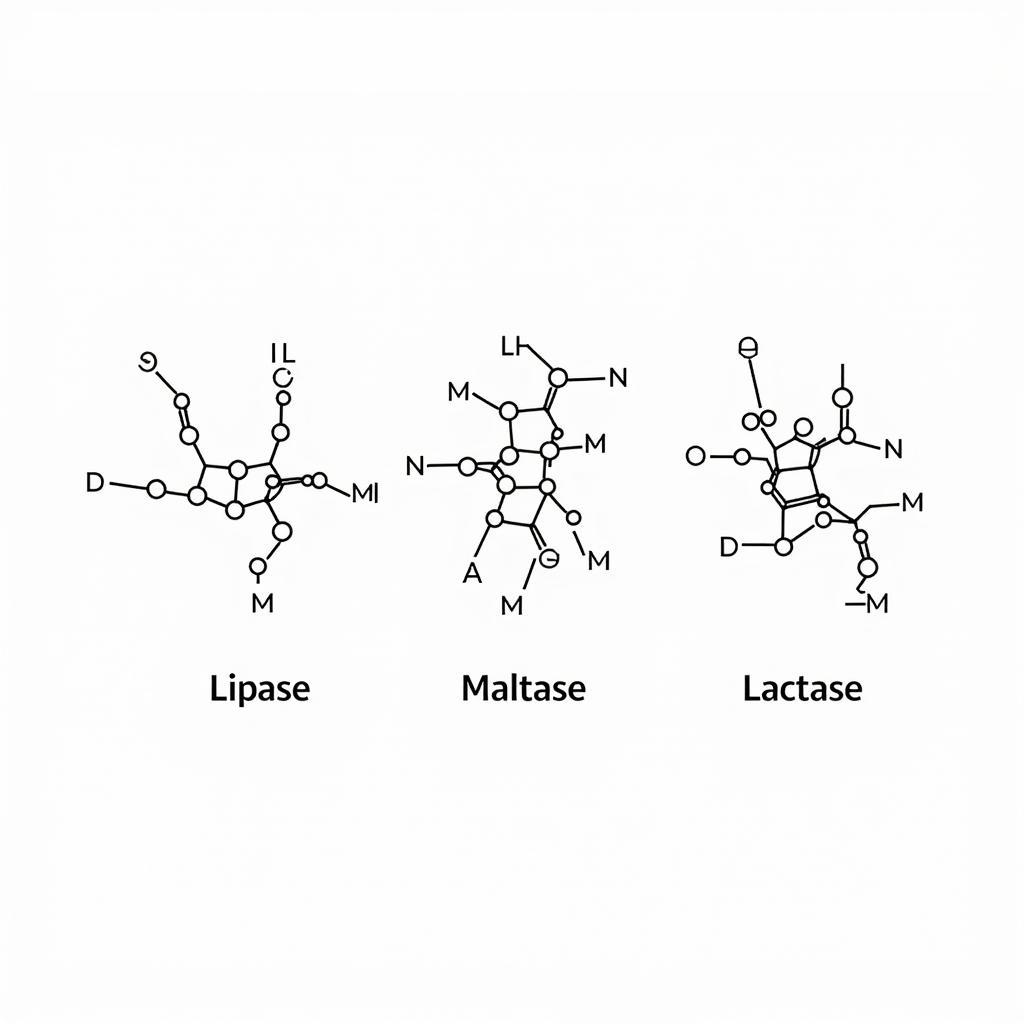2016 was a year of significant developments and milestones for the Association of Southeast Asian Nations (ASEAN). From economic advancements to socio-cultural shifts, the year saw a plethora of events unfold that shaped the regional landscape. This article delves into some of the most impactful ASEAN articles from 2016, providing a retrospective analysis of the key happenings that defined this pivotal year.
The ASEAN Economic Community: A New Era of Integration
One of the most notable developments in 2016 was the establishment of the ASEAN Economic Community (AEC). Formally launched on December 31st, 2015, the AEC marked a significant step towards regional economic integration, aiming to create a single market and production base for goods, services, investment, and skilled labor.
Articles published in 2016 surrounding the AEC highlighted the potential benefits and challenges of this ambitious initiative. Discussions revolved around the anticipated boost in trade, investment, and economic growth for member states. However, concerns regarding disparities in economic development, infrastructure, and regulatory frameworks among ASEAN countries were also prevalent topics.
Strengthening Regional Connectivity: The ASEAN Blueprint 2025
Another crucial theme that emerged in 2016 was the ASEAN Blueprint 2025, adopted at the 28th and 29th ASEAN Summits. This comprehensive document outlined the vision and strategic measures for ASEAN’s development over the next decade, building upon the successes of the previous blueprint (2009-2015).
The 2016 articles on the ASEAN Blueprint 2025 emphasized the focus on enhancing regional connectivity, both physically and digitally. Infrastructure development projects, such as the Master Plan on ASEAN Connectivity 2025, aimed to bridge the infrastructure gap and facilitate seamless movement of goods, services, and people across the region.
 ASEAN Digital Connectivity Forum
ASEAN Digital Connectivity Forum
Navigating Geopolitical Dynamics: The South China Sea Dispute
2016 also witnessed heightened tensions in the South China Sea, with competing territorial claims among several ASEAN member states and China. The Permanent Court of Arbitration in The Hague ruled against China’s expansive claims in the region, a decision that China rejected.
Articles published during this period reflected the complexities and sensitivities surrounding the South China Sea dispute. Analyses explored the potential ramifications of the ruling on regional stability, maritime security, and ASEAN’s unity in the face of external pressure.
ASEAN’s Role in Global Governance
Beyond regional affairs, 2016 saw ASEAN play an increasingly active role in global governance mechanisms. The region’s growing economic clout and its strategic location positioned it as a significant player on the international stage.
Articles covering ASEAN’s global engagement often highlighted its participation in multilateral forums like the G20, the East Asia Summit, and the United Nations. The bloc’s efforts in promoting dialogue, cooperation, and rule-based order in the Asia-Pacific region were widely discussed.
Conclusion: A Year of Transformation and Challenges
2016 was undeniably a transformative year for ASEAN, marked by both opportunities and challenges. The implementation of the AEC, the adoption of the ASEAN Blueprint 2025, and the ongoing South China Sea dispute presented the bloc with a unique set of circumstances. Revisiting the asean articles 2016 offers valuable insights into the key events that shaped ASEAN’s trajectory and continue to influence its path today.
Understanding the complexities and nuances of this pivotal year is crucial for comprehending ASEAN’s current landscape and its future direction. As the bloc continues to navigate evolving geopolitical realities and regional dynamics, learning from the past remains essential for navigating the challenges and seizing the opportunities that lie ahead.

